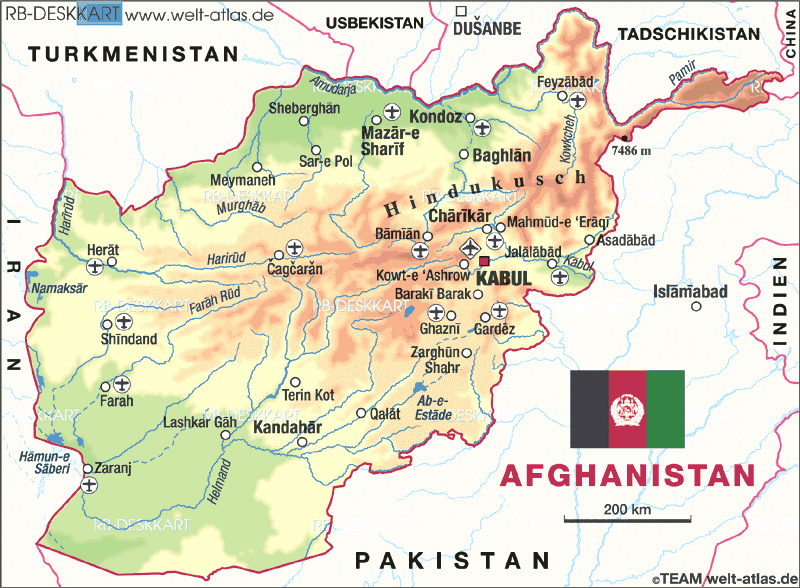A federal watchdog just released yet another report detailing excessive government waste that found that the U.S. government spent almost $43 million on the construction of a natural gas fueling station in Afghanistan.
The typical cost of building one should vary from $200,000 to $500,000, according to a 2010 report from the International Energy Association.
A contract of just under $3 million was given to Central Asian Engineering to construct the gas station, but the total amount ended up being $42,718,739. Around $12.3 million was spent on direct costs, while $20 million went to overhead.
Related: U.S. Pays for Afghan Hospitals – and Isn’t Sure Where They Are
The Special Inspector General for Afghanistan Reconstruction (SIGAR) also says there’s no evidence that the Task Force for Stability and Business Operations, created by the Department of Defense to aid Afghanistan’s economic development conducted a feasibility study before beginning the project.
Although the gas station was part of an effort to reduce Afghanistan’s dependence on energy imports and instead use its own natural gas reserves, the country lacks the necessary infrastructure to support a viable natural gas market. The only natural gas pipeline operating in the country, built by the Soviets, has the new gas station at one end in Sheberghan, and the user at the other end in the industrial city of Mazar-e-Sharif.

Two problems that existed from the onset of the project: “The pipeline has limited excess capacity and is apparently unsafe to operate at high pressure,” according to the report. And, more baffling, even if Mazar-e-Sharif was given reliable access and other filling stations were to be built, there isn’t a transportation system to deliver the natural gas to those stations. A USAID study estimated that it would cost around $50 million to build a distribution network.
Related: Is State Dept. Trying to Muzzle Afghanistan Watchdog?
Additionally, the average Afghani, who earns around $690 annually, wouldn’t be financially able to convert his or her gasoline-powered car to natural gas. Estimates find that a conversion costs between $700 and $800 per car. While the U.S. government paid for more than 120 vehicles to be converted so the gas station could be used, SIGAR couldn’t find any other cars that were converted. With only one fueling station, there’s no incentive for motorists to change their cars.
SIGAR says that when it pressed the DOD for information about the costly gas station project and the Task Force’s lack of investigation, the DOD was uncooperative and responded that it was unable to answer any questions because the Task Force was dissolved six months ago.
If the Task Force had conducted the necessary inspections beforehand, SIGAR says it would have probably not moved forward with the project, saving millions in taxpayer money.





